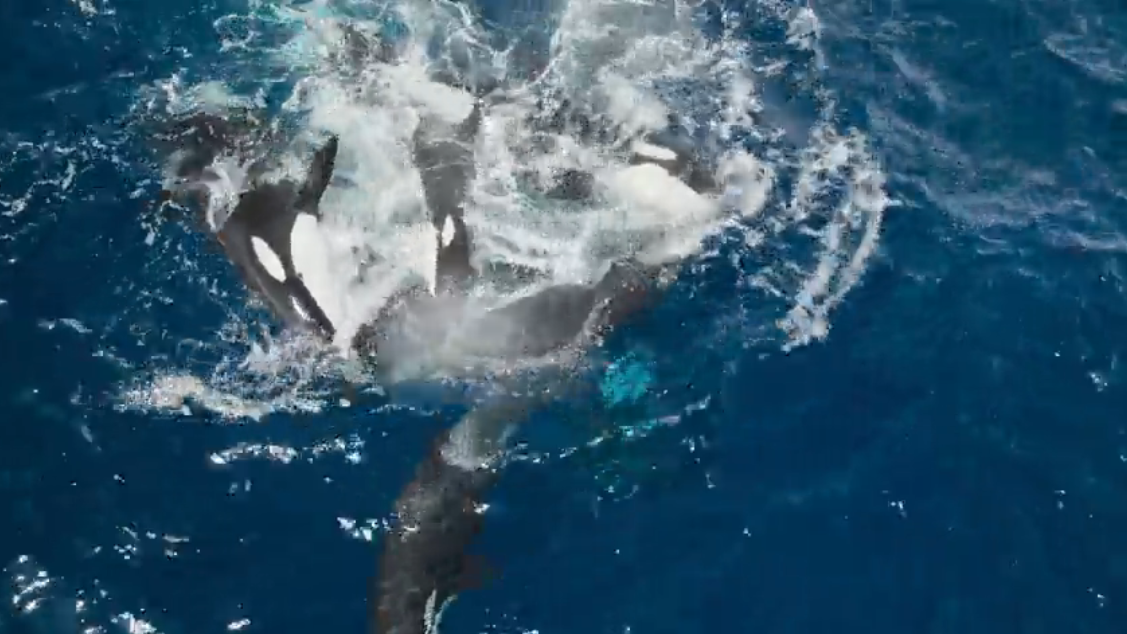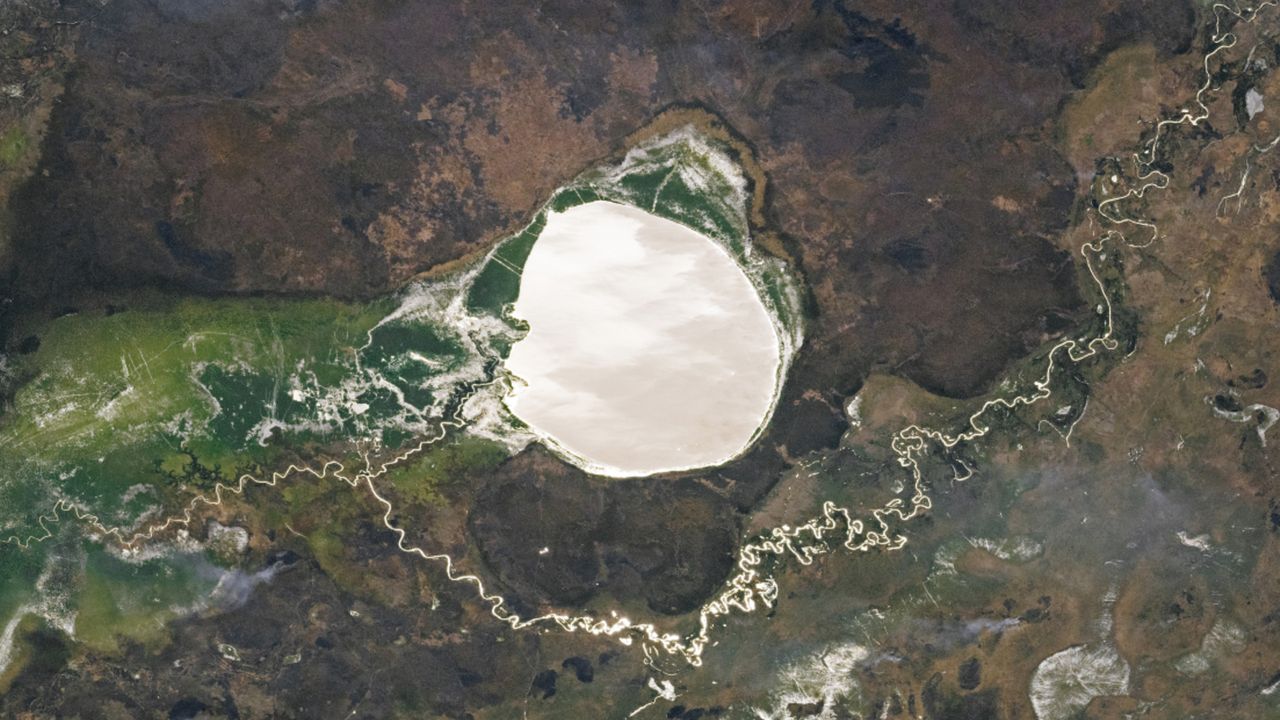Now Reading: Cosmic Rays May Sustain Alien Life Beyond the ‘Goldilocks Zone
-
01
Cosmic Rays May Sustain Alien Life Beyond the ‘Goldilocks Zone
Cosmic Rays May Sustain Alien Life Beyond the ‘Goldilocks Zone

Rapid Summary
- A new study highlights the potential of cosmic rays to support life outside traditional habitable zones, such as the “Goldilocks zone.”
- Researchers propose a “radiolytic habitable zone,” where cosmic radiation can generate energy to sustain life in subsurface ice or water.
- Dr. Dimitra Atri of NYU Abu Dhabi stated that places traditionally considered inhospitable for life, like cold and dark regions with water beneath their surface exposed to cosmic rays, could now be viable candidates.
- The research was published in the International Journal of astrobiology on July 28 and focused on Mars, Jupiter’s moon Europa, and Saturn’s moon Enceladus.
- Cosmic rays break apart water molecules via electrolysis within subsurface areas; this reaction releases electrons that could potentially energize biological processes.
- Researchers concluded Saturn’s moon Enceladus has the highest potential for supporting life based on its interactions with cosmic radiation, followed by Mars and Europa.
- Advanced simulations were used to model how energetic particles penetrate these icy terrains. Future missions like NASA’s Europa Clipper aim to explore these possibilities further.
Image Description: an artistic illustration showing blue light emitting from a glowing orb representing cosmic phenomena.
Indian Opinion Analysis
The study expands the criteria for planetary habitability beyond conventional “Goldilocks zones” by considering environments affected by high-energy cosmic rays.This redefinition has meaningful implications not only for India’s scientific community but also global collaborations in astrobiology. It emphasizes innovative approaches using advanced simulations and data from upcoming exploratory missions (e.g., NASA’s Europa Clipper), some of which could inspire similar initiatives by ISRO or joint international projects.
For India’s space exploration goals-especially considering upcoming lunar and planetary missions-it underscores how incorporating interdisciplinary studies involving physics (cosmic radiation) into conventional exobiological research might reveal unexpected findings about extraterrestrial conditions relevant to habitability models.While promising breakthroughs remain speculative pending direct data collection through future probes, such research strengthens India’s position within broader conversations about interstellar exploration frameworks under evolving definitions of life sustainability criteria.























